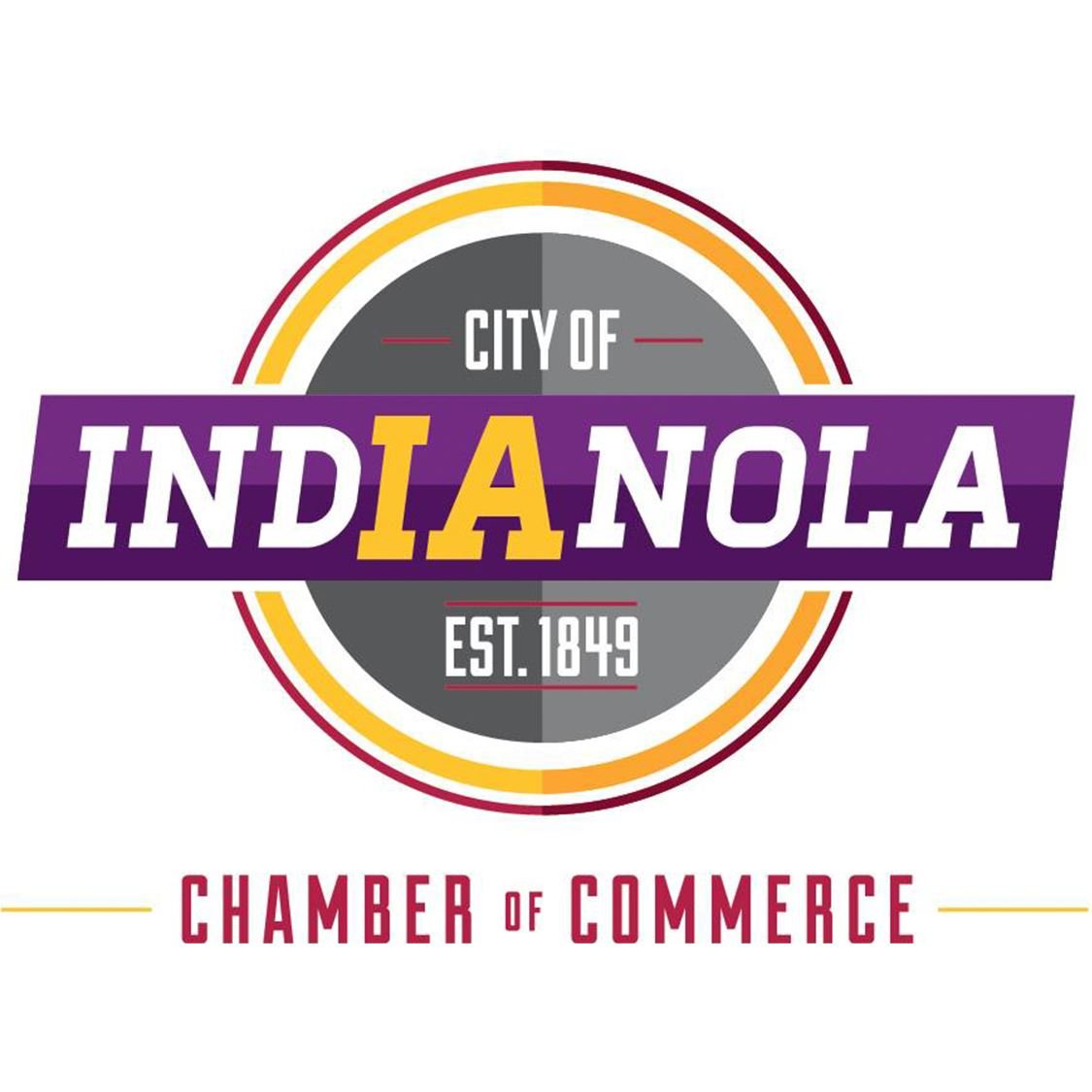5 Approaches and Some Underlying Principles
About a year ago the world changed pretty abruptly for many of us. The vast majority of us had no idea what to expect, and decidedly few had a clear plan for how they would navigate through. So we took a variety of approaches, based on our own comfort level and our own situations. I find this handful of approaches to uncertainty are pretty useful as a whole, so I offer here what I observed this past year:
- The help others approach. In this approach, the response to uncertainty is to be certain about helping others. Driven by the same thing that causes people to enter burning buildings to save strangers, to put their coats and blankets on the children and elderly around them, it’s the response to facing something uncertain by looking out for those around.
- The temporary, do what has to be done and wait and see on everything else approach. This one was pretty popular, especially in the March/April 2020 time frame. There were a couple of weeks of uncertainty where a common thought was “oh, this is temporary, it could go back to normal.” In this approach, people did the essential stuff, and set the non-essential stuff aside until we knew more.
- The dip your toe in the water approach. In this approach, the response to uncertainty is to try some number of small responses or small, controlled experiments. Test the waters, try something, perhaps don’t commit to everything, but at least show that you’re moving in some direction. This is the approach that makes free trials so popular.
- The stick to what you know, and refresh your strategy approach. In the face of uncertainty, this approach is where you say, I know the core of who I am or who we are; I know what’s worked well for all these years; I know what we’re good at; given the current situation, make the tweaks or “freshening up” steps needed to stay current, but stick with your core.
- The go all in with something new approach. With this approach, the response to uncertainty is to read the moment and fully embrace something new, especially in anticipation that what was will no longer be useful or successful, or it’s no longer a viable option.
Ultimately, we could be simultaneously running multiple of these approaches in different areas of our lives. In the effort of making workdays better, I think the following underlying guiding principles should be important to all five approaches:
1. Be true to your mission.
Whether it’s your personal mission and your spiritual North, or your organizational mission, ask why you exist in the first place. When facing uncertainty, put your mission and vision back in front of you, and keep it to the forefront. Your “why” is what gets you out of bed in the morning, and it’s what draws others around you who share your passion. So put it back on top of your mind, and in your day-to-day conversations, and certainly in your decision-making.
How to? Ask a question like “how can I best live my mission and vision this day”?
2. Don’t go in alone.
Whether you are a new leader uncertain of how to navigate through a tricky situation, a business owner facing a challenge you’ve never seen before, or an individual trying to care for the loved ones in your family, you don’t have to go in alone. Seek out support structures from colleagues, mentors, others who have been in the space before, neighbors, friends, family, and/or teammates. In truth, we are surrounded by people that want to help but often don’t know what we need.
How to? Start with those closest to you, and expand to those who have skills or expertise in the area you need, and simply ask for help. Ask for advice, ask for council, ask for support, ask for resources if you need them. The responses you get will help you shape your plan.
3. Give yourself a little grace.
“I love these uncertain times we’re living in!” said No. Person. Ever.
Even those who are comfy with the gray often find themselves challenged by moments of deep uncertainty. Give yourself the grace to not be perfect.
How to?
- If you made the decision to do what has to be done and wait and see on everything else, then give yourself grace when the “wait and see” turns to an “oops”.
- If you made the decision to try something you’ve never tried before, then give yourself a little grace when you’re not perfect at it, or it’s harder than you thought.
- When you made the decision to stick with what you know and refresh your strategy, give yourself the grace to know your strategy didn’t anticipate the uncertainty that you’re in now.
- When you choose to jump in whole hog, give yourself the grace to plan and execute with a little wiggle room for the learning curve.
4. Expect the unexpected.
No matter which path we’ve gone through, the truth is that uncertain times have come, and they will come again. Look back at the things that have happened to you in the past couple of years, and look at the events and circumstances that changed your course or created disruption or discomfort. Consider them, think deeply on them, and then figure out what you learned from them that can help you be better prepared for them in the future, and then apply that knowledge going forward. Things that may have once been unexpected, if they’ve happened, no longer need to be surprises next time. We can use our experiences to shape how we’ll expect the unexpected in the future.
How To? Whatever path you find yourself on right now, stop, and take a few minutes to anticipate the “what if”s.
What will you do if...;
how will you handle it if…;
what would be your back up plan if…, etc.
A little bit of risk response planning just might make your next period of uncertainty a little less frightening.
How about you? What approach(es) have you taken to uncertainty these past couple of years, and what did you learn from those experiences?








